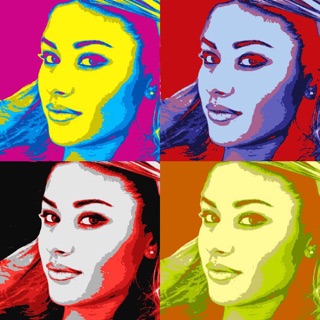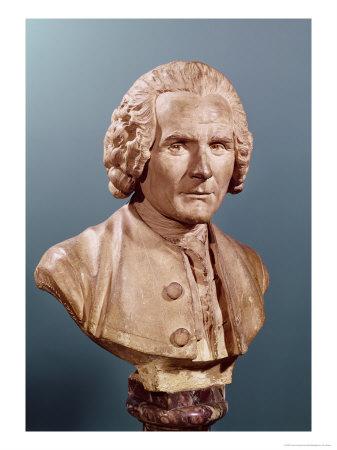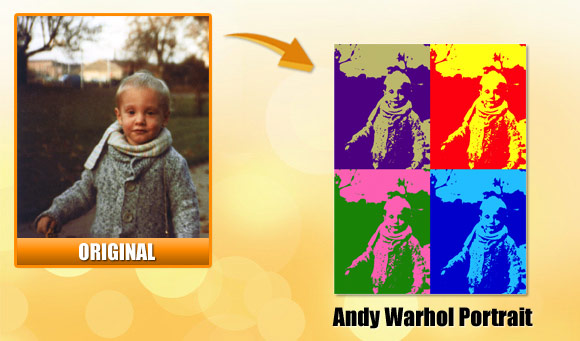Andy Warhol was an obsessive collector. Starting in 1974, he assembled 610 Time Capsules, putting together all sorts of things (from fanzines to food) into cardboard boxes and sending them to storage, to be opened at a later date.Today, Warhol’s Time Capsules (a project that is considered one serial artwork) are housed in our museum archives.We’re slowly cataloguing the items of these. With a cluttered mobile app market and minimal app innovation for the desktop, the discussion kept coming back to the OS as a central point for all computing, and how the OS itself could be transformational. And from that conclusion Andy was born. The Unemployed Philosophers Guild Andy Warhol Little Thinker - 11' Plush Doll. 4.6 out of 5 stars 47. Get it as soon as Fri, Mar 19.
Quick and Easy Andy Warhol Effect in Photoshop. If you’re a Photoshop pro, you’ll think this is too. The Warhol Store. The store is open during museum hours and accessible without museum admission. It offers an extensive range of Warhol-inspired products including reproduction prints, T-shirts, stationery, giftware, and the most comprehensive selection of books on Warhol.
Download our app and ask your own questions about this exhibition during your visit. Here's one that others have asked.
November 19, 2021–June 19, 2022

Morris A. and Meyer Schapiro Wing and Iris and B. Gerald Cantor Gallery, 5th Floor
Members enjoy an exclusive pre-sale June 10–16, before tickets are available to the public. Not a Member? Join by Tuesday, June 8, for access! General tickets go on sale Thursday, June 17.
Although Andy Warhol is one of the most celebrated and recognizable artists of the twentieth century, his Byzantine Catholic upbringing, and its profound impact on his life and work, remains a lesser known facet of his career. Andy Warhol: Revelation explores the artist’s lifelong relationship with his faith that frequently appeared in his artworks.
From iconic portraits of celebrities to appropriated Renaissance masterpieces, Warhol played with styles and symbolism from Catholic art history, carefully reframing them within the context of Pop art and culture. Throughout his life, Warhol retained some of his Catholic rituals, while also unapologetically living as an out gay man.
Andy Warhol: Revelation examines themes such as life and death, power and desire, the role and representation of women, Renaissance imagery, family and immigrant traditions and rituals, depictions and duplications of Christ, and the Catholic body and queer desire. Among the more than one hundred objects on view are rare source materials and newly discovered items that provide a fresh and intimate look at Warhol's creative process, as well as major paintings from his epic Last Supper series (1986), the experimental film The Chelsea Girls (1966), an unfinished film depicting the setting sun, commissioned by the de Menil family and funded by the Roman Catholic Church, and drawings created by Warhol’s mother, Julia Warhola, when she lived with her son in New York City.
Andy Warhol: Revelation is organized by the Andy Warhol Museum and curated by José Carlos Diaz, Chief Curator. The Brooklyn presentation is organized by Carmen Hermo, Associate Curator, Elizabeth A. Sackler Center for Feminist Art, Brooklyn Museum.
Download our app and ask your own questions about this exhibition during your visit. Here's one that others have asked.
Andy Warhol. Shadows, 1978. Courtesy of Dia Art Foundation. © The Andy Warhol Foundation for the Visual Arts, Inc.
The Andy Warhol Catalogue Raisonné: call for works
warholfoundation.org
/ /

The Andy Warhol Catalogue Raisonnéis announcing a call for works. Owners of paintings, sculptures, and drawings are encouraged to contact the Catalogue Raisonné at catalogue [at] warholfoundation.org or visit our website to complete and return an owner questionnaire. Your ownership information is confidential. Please note that completing the form on the Foundation’s website does not guarantee that the work will be included in the Catalogue Raisonné.
Volume 6 of the Andy Warhol Catalogue Raisonné: Paintings, 1978-1980 is now in preparation. It is the fourth and final volume dedicated to Warhol’s work of the 1970s. It documents the more than 700 paintings that Warhol produced between 1978-1980.
“The sheer visual evidence of Warhol’s paintings during the 1970s overwhelmingly rebuts the myth that after the 1960s, he was an artist in decline,” says Neil Printz, editor of the Catalogue Raisonné. “The epic succession of series from Mao (1972) to the Shadows and Reversals (1978-1980), not to mention his portrait paintings, reveal an artist at the height of his powers, a trajectory that continued unbroken until Warhol’s death.”
Volume 6 features Warhol’s Shadows, a two-and-a-half-year project of nearly 275 paintings. Chapter 1 documents its first phase, including the paintings commissioned and exhibited in early 1979 at the Lone Star Foundation (Dia Art Foundation). This chapter will reproduce and catalogue each of the 102 canvases within this seminal cycle as well as documenting the entire ensemble as a single painting, recording every exhibition and iteration of the cycle since 1979.
Chapter 8 focuses on the project’s second phase, the Diamond Dust Shadows of 1979–1980, made by scattering ground glass over the inked impression of the shadow. Printz continues, “In many ways, the Shadow paintings offer the key to Warhol’s artistic concerns at the end of the 1970s—his radical rethinking of the photographic basis of his art through reversal and abstraction, and his fascination with painting as an immersive field.”
In Warhol’s Retrospective and Reversal series, the subject of Chapter 4, images from his past work are reimagined in montaged compositions in the Retrospectives and as negative images in the Reversal series. Six mural-sized canvases among them reinvoke the panoramic coordinates of the Dia Shadows.
Warhol envisioned being able to see all of his portraits together in “one big painting called ‘Portrait of Society.’” Chapters 2 and 5 document his portrait practice during 1978 and 1979. Working with his Polaroid Big Shot camera, he photographed nearly 50 sitters, including Thomas Ammann, Truman Capote, and Liza Minnelli, and painted nearly 200 portrait canvases.

Chapter 3 examines Warhol’s fascination with Studio 54 and his first series of gift paintings. Chapter 6 looks at his paintings of Human Hearts produced in tandem with an unrealized mural commission, and at a group of small, stenciled hearts distributed as gifts. Chapter 7 introduces Warhol’s use of diamond dust in his Gem paintings, and his experimentation with a silkscreen ink that fluoresces under ultraviolet light.
Forthcoming from the Catalogue Raisonné are four additional volumes documenting Warhol’s paintings and sculptures of the 1980s, and a planned series of volumes dedicated to Warhol’s drawings from the late 1940s to 1987.
The Andy Warhol Catalogue Raisonné is a scholarly project sponsored by the Andy Warhol Foundation for the Visual Arts to record the complete corpus of paintings, sculptures, and drawings that Warhol produced during four enormously productive and intensely inventive decades. The project was initiated in 1977 by the Swiss art dealer Thomas Ammann. In 1993, the Andy Warhol Foundation partnered with Thomas Ammann Fine Art to sponsor the project; in 2004, the Foundation assumed complete stewardship of the project.
For more than 25 years, the editors of the Catalogue Raisonné and a team of trained researchers have scoured the secondary literature, examined thousands of works of art, reviewed the artist’s archives and photographs, and interviewed assistants, colleagues, portrait sitters, and friends to elucidate Warhol’s materials, techniques, and artistic process. As the most comprehensive chronicle of Warhol’s painting career to date, and the first systematic study of his studio practices, the Andy Warhol Catalogue Raisonné is an indispensable resource for scholars, curators, collectors, and critics, as well as for students and ardent fans of his work.
About the Andy Warhol Foundation for the Visual Arts
In accordance with Andy Warhol’s will, the mission of The Andy Warhol Foundation for the Visual Arts is the advancement of the visual arts. The Foundation manages an innovative and flexible grants program while also preserving Warhol’s legacy through creative and responsible licensing policies and extensive scholarly research for ongoing catalogue raisonné projects. To date, the Foundation has given nearly $250 million in cash grants to more than 1,000 arts organizations in 49 states and abroad and has donated 52,786 works of art to 322 institutions worldwide.
More information about the Foundation is available here.